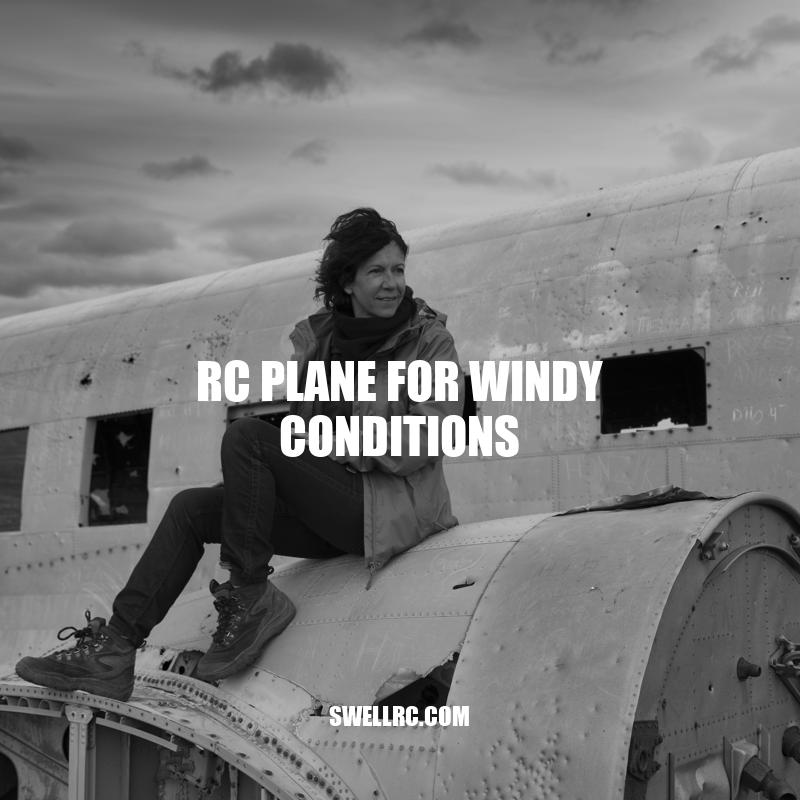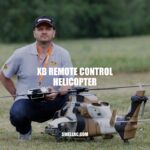Mastering RC Planes in Windy Conditions
Flying RC planes is a fun-filled hobby that allows enthusiasts to maneuver their planes through the air with great skill and precision. However, the harsh reality is that nature does not always play along. Windy conditions can make it difficult to control and enjoy your RC plane. In this article, we’ll share some tips and tricks for flying an RC plane in windy conditions. If you plan to fly your RC plane in windy conditions, it is critical to choose the right plane. Consider planes with a slower flying speed, a sturdy design, and a more massive weight to add stability to the aircraft. Selecting a plane with a streamlined design and a narrow wing area can also help in windy conditions. It is best to avoid flimsy planes with a high maneuverability factor because they will not perform well in high winds.
Choosing the Right Plane for Windy Conditions
Before flying in windy conditions, it is crucial to choose the right plane. The plane’s features and design determine how it will perform during windy weather. Slower planes are better suited for flying in windy conditions since they are less affected by the wind’s force. It is also essential to choose a sturdy plane that can withstand the wind’s pressure. A heavy plane with a streamlined design and a narrow wing area handle the wind better and remain stable during flight. Additionally, there are wind-resistant planes available in the market such as the E-flite UMX Timber or the Skyzone Skyhunter. Choosing the right plane will enable you to fly more confidently and enjoyably in windy conditions.
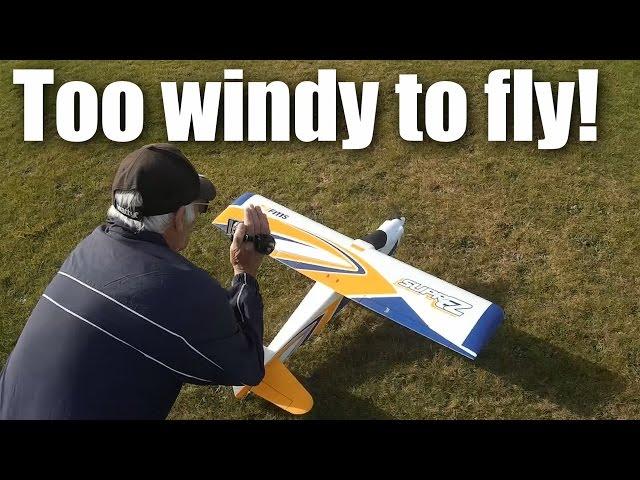
What features should I look for when choosing a plane to fly in windy conditions?
When choosing a plane to fly in windy conditions, you should look for a plane with a high wing loading, low wing sweep, and a sturdy construction.
Essential Preparation for Flying RC Planes in Windy Conditions
Before taking flight with an RC plane for windy conditions, it is essential to do adequate preparation. Checking the weather forecast helps determine the wind conditions to expect, making it easier to plan appropriately. Choose a location with minimal obstructions like trees, buildings, or even tall bushes to avoid obstacles that could increase the wind’s impact. You should also confirm that the plane’s control surfaces are correctly set up to counteract the wind’s effect. Incorrect setup can cause the plane to deviate from your intended flight path. Adjusting the plane’s CG point and using a high-quality battery pack can add stability and ensure a more consistent power flow to the plane. Here is a table of the top five high-quality batteries and their specifications:
| Battery type | Flight time/charge (approx.) | Weight (grams) | Price range (USD) |
|---|---|---|---|
| Turnigy NanoTech | 25 – 30 minutes | 250g | 20 – 30 |
| Zeee Lipo | 15 – 20 minutes | 150g | 20 – 25 |
| Tattu Lipo | 20 – 25 minutes | 200g | 30 – 40 |
| HRB Lipo | 30 – 35 minutes | 280g | 35 – 45 |
| LiPo Battery (Bonka Power) | 25 – 30 minutes | 220g | 25 – 30 |
Note that prices may vary depending on your location and retailer.
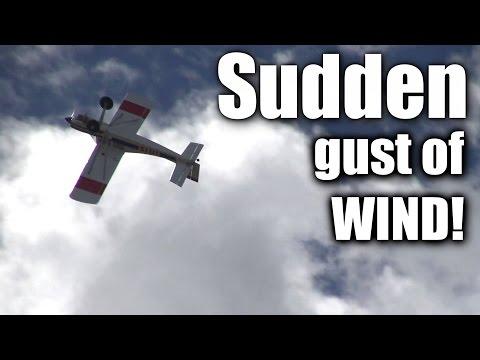
What is the importance of checking the RC plane’s control surfaces when flying in windy conditions?
It is important to check the RC plane’s control surfaces when flying in windy conditions because they can affect the plane’s stability and maneuverability, and proper adjustments may be necessary to ensure safe and successful flight.
Tips for Flying an RC Plane in Windy Conditions
When flying in windy conditions with your RC plane for windy conditions, one important thing to consider is the altitude at which you fly your plane. Keeping it low can help you avoid excessive turbulence. Obstacles such as buildings, trees, and even large bushes can increase the wind’s effect and destabilize your plane. It is best to avoid them during flight. Keep the speed of your plane steady, as erratic movements can cause turbulence and lead to an unstable flight. When the wind is blowing, use quick bursts of small and precise movements to adjust your plane’s trajectory. A tip to remember is to get a feel for the wind’s blowing direction and coordinate your plane’s speed and direction accordingly. Avoid pushing the controller too hard, as it may cause destabilization of the plane.
If you’re looking for more information on flying an RC plane in windy conditions, many websites and forums offer helpful tips and advice. You can also find several products designed to help you fly your RC plane in windy weather, such as wind gauges and stabilizer fins. With patience, practice, and adherence to safety guidelines, you can become a competent pilot and enjoy flying in various weather conditions.
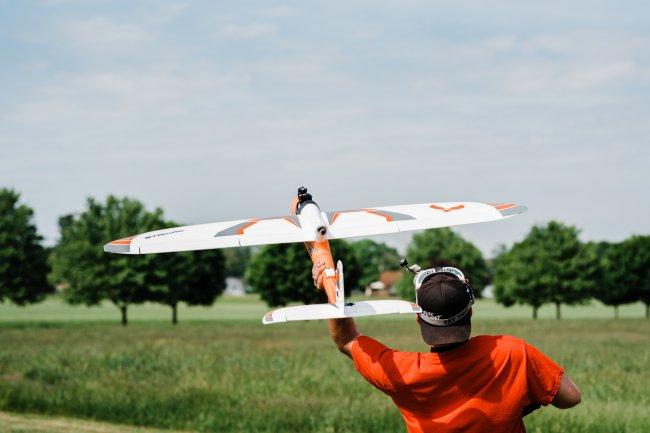
What products can help with flying an RC plane in windy conditions?
Some products that can help with flying an RC plane in windy conditions include windsocks, anemometers, and stabilizer systems.
The techniques mentioned above can help you fly your RC plane in windy conditions confidently. However, it is vital to understand that flying in such weather comes with risks. It is important to fly with a designated spotter who can help you keep an eye on the plane’s position and alert you to any potential obstacles. Always keep your aircraft in sight, do not fly too far away, and avoid flying over people or animals. It is best to avoid flying on particularly windy days or during inclement weather.
In conclusion, flying an RC plane in windy conditions is an exhilarating experience that requires patience, skill, and attention to safety guidelines. Choosing the right plane, preparing for the flight, and using the right techniques are crucial elements to avoid accidents. Always fly with a designated spotter, avoid obstacles, and keep your aircraft in sight. With practice, you can become a skilled pilot and enjoy flying your plane in various weather conditions. Remember, safety should always come first. So, fly with responsibility and have fun.

